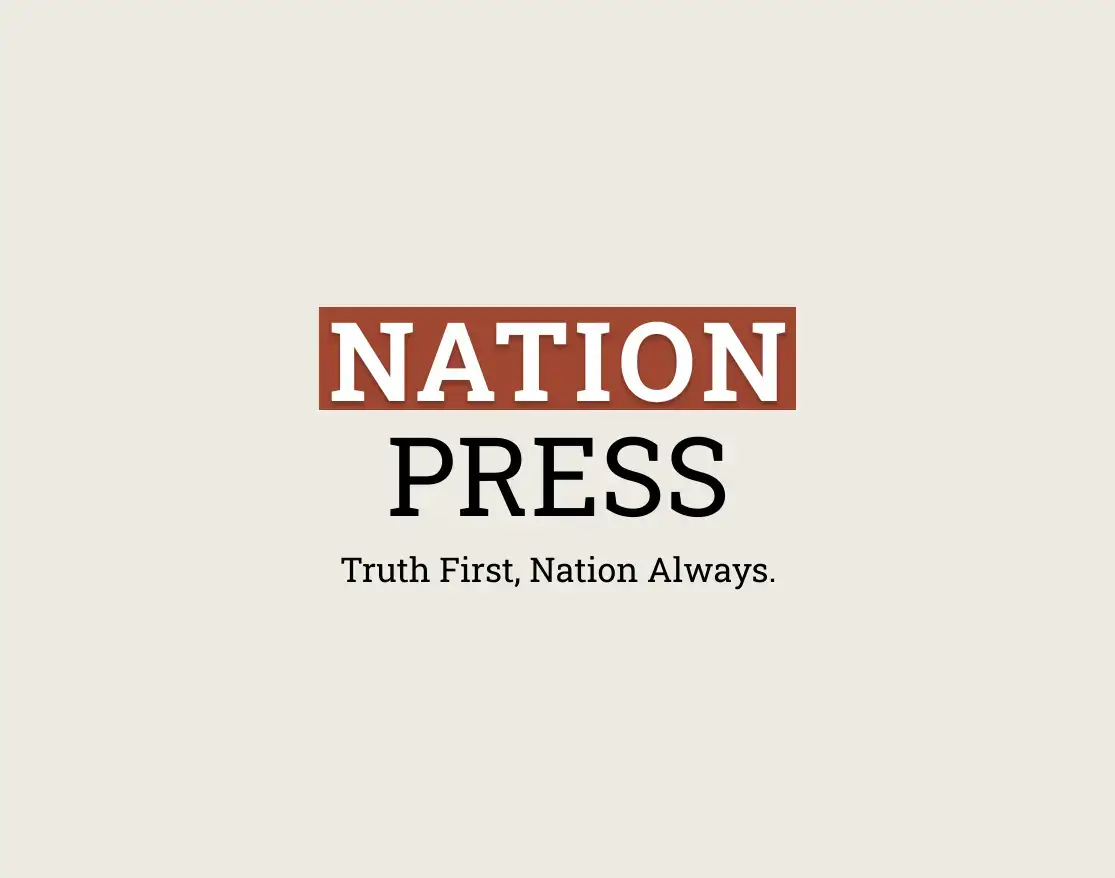Synopsis
India is likely to face only minimal repercussions if the USAID program is discontinued by the Trump administration, thanks to its robust economic growth and evolving role as a global partner.Key Takeaways
- Minimal impact anticipated from USAID shutdown.
- India's economy is flourishing, reducing reliance on aid.
- Quad nations aim to enhance development in the Indo-Pacific.
- USAID's funding for India is relatively small compared to its budget.
- Collaboration focuses on sustainable growth and climate resilience.
New York, Feb 4 (NationPress) India is expected to experience only a limited impact if the Trump administration decides to terminate the USAID program directed towards the nation.
Elon Musk, a close advisor to President Donald Trump and the head of the Department of Government Efficiency (DOGE), announced on Monday that Trump has consented to dismantle the program. In this scenario, India’s booming economic growth ensures that the consequences will be minimal.
USAID has been active in India for nearly 70 years; however, India has evolved from a mere aid recipient to a partner aimed at achieving global impact by assisting other nations, particularly in the Indo-Pacific region.
One of the objectives of the Quad - comprising India, the US, Japan, and Australia - is to work collaboratively on development initiatives in the Indo-Pacific to mitigate China’s influence through a more benevolent assistance program, contrasting with Beijing’s exploitative policies.
This fiscal year, India was set to receive $140 million from USAID, a negligible figure when juxtaposed with India’s total budget exceeding $600 billion, which has progressively reduced as the nation’s economy has flourished.
For the 2024 fiscal year, USAID's budget was outlined as $6.8 million for 'government and civil society'; about $55 million for health; $18 million for the environment, and $7.8 million for 'social infrastructure', as detailed on the US government’s Foreign Assistance website.
The Country Development Cooperation Strategy (CDCS) recognizes India as a 'key partner' in the US Indo-Pacific Strategy, which is committed to promoting a free, open, connected, prosperous, secure, and resilient region.
“India is crucial” in achieving US objectives of enhancing “resilience to health and climate threats” and promoting “sustainable, inclusive, transparent economic growth”, the document states.
Drafted under President Joe Biden, the strategy also emphasizes priorities such as climate change and strengthening “democratic institutions to uphold good governance and human rights”.
The document outlines specific priorities that could influence internal matters.
“USAID/India aims to reshape structures, power dynamics, and policies through partnerships and active collaboration with a diverse array of actors,” it mentioned.
“These partnerships will encompass, but are not limited to, civil society, government, and the private sector, emphasizing continuous learning, the proliferation of successful models in India and beyond, and phasing out once systemic change is realized or can be adapted by others,” it added.
An example of cooperation under the CDCS is the International Solar Alliance co-founded by India and the Coalition for Disaster Resilience Infrastructure.
India and USAID have also worked together to train around 1,200 officials from Africa and Asia in agricultural technology.
All references to USAID on the US New Delhi embassy website and elsewhere have been thoroughly removed.
IANS sourced some of the information from versions archived independently on the Wayback Machine or those currently available on other US agencies' websites.











